Each week the kids in the outpatient and inpatient program are weighed
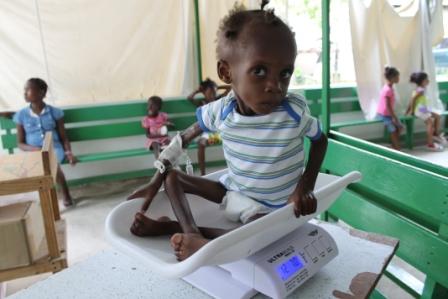
Measurements are taken for height
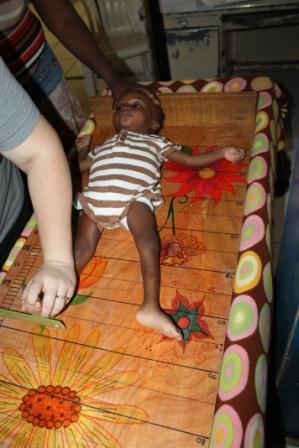
and the upper arm is measured in cm
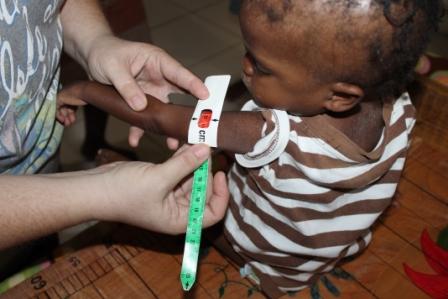
Besides physically looking at the child, we use weight, height and arm cm to determine which program the child will be in. If they are severely malnourished and/or have kwashiorkor they are admitted into the medika mamba program. If they are have moderate or mild malnutrition they are admitted into the mamba Djanm program.

The medika mamba (red sack) is dosed by weight some kids need to eat 1 sack per day while other might have 4 sacks. The mamba Djanm (orange sack) is 1 pack per day for any weight.
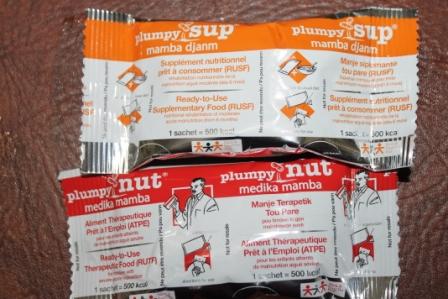
Each night a volunteer here at RHFH has a list of all the inpatient children. The list has their name, the type of mamba and amount needed for the next day.
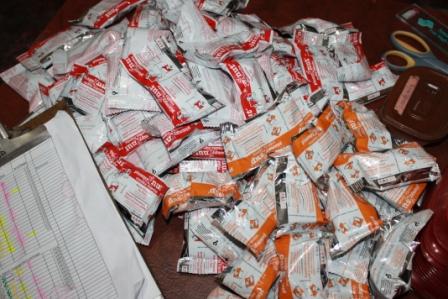
We start off by getting the empty containers washed and ready to be filled.
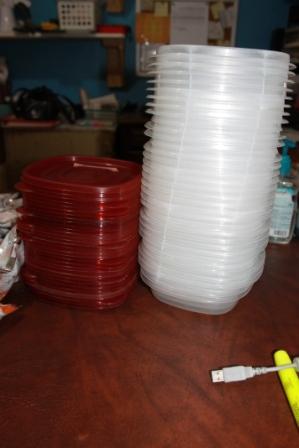
Nest we go through the list and fill each bowl with the number of bags needed for the child.
This is what the medika mamba looks like….
and this is what the Mamba Djanm looks like.
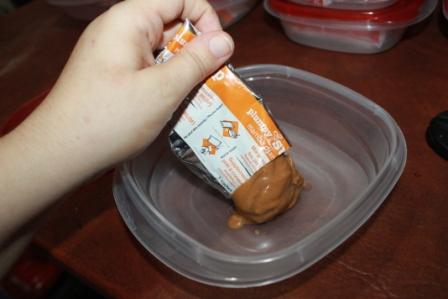
The bowls are covered with the lids and the childs name is written on the outside of the container.
The next day each child begins eating their mamba at 6am, then they are feed 6 to 8 times during the day.
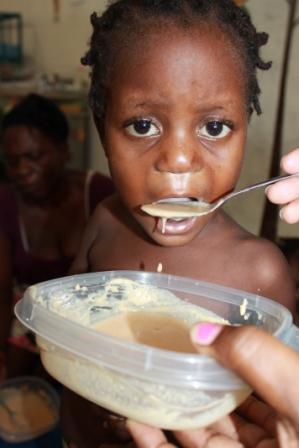
Those that are severely malnourished often times do not want to eat, if we cannot get them to eat by mouth we inset an NG tube and give the mamba through the NG tube. We add water to the mix to make it thin enough to go through the tube. Once the child begins to eat then we remove the tube.
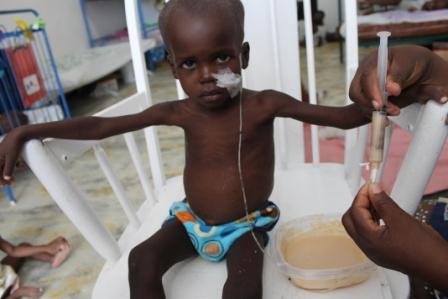
Each child is different but on average they are on the mamba programs for 6 to 8 weeks.



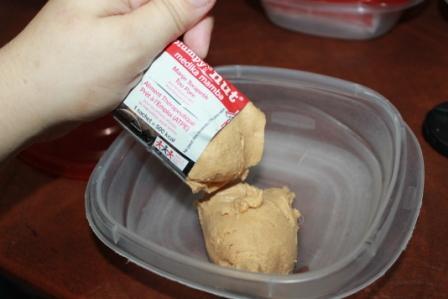
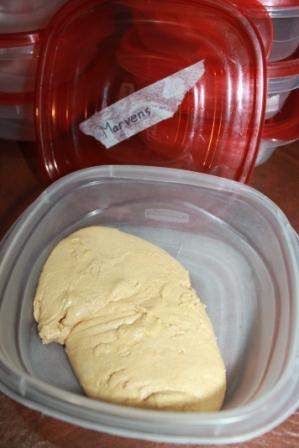
Comments(2)
Bekki says
September 16, 2014 at 11:26 amsuch a fabulous lifesaving food. God bless you and the people you serve.
Tammy in MN says
September 16, 2014 at 1:33 pmThank you for helping us understand more about how you do what you do. Love the photos.